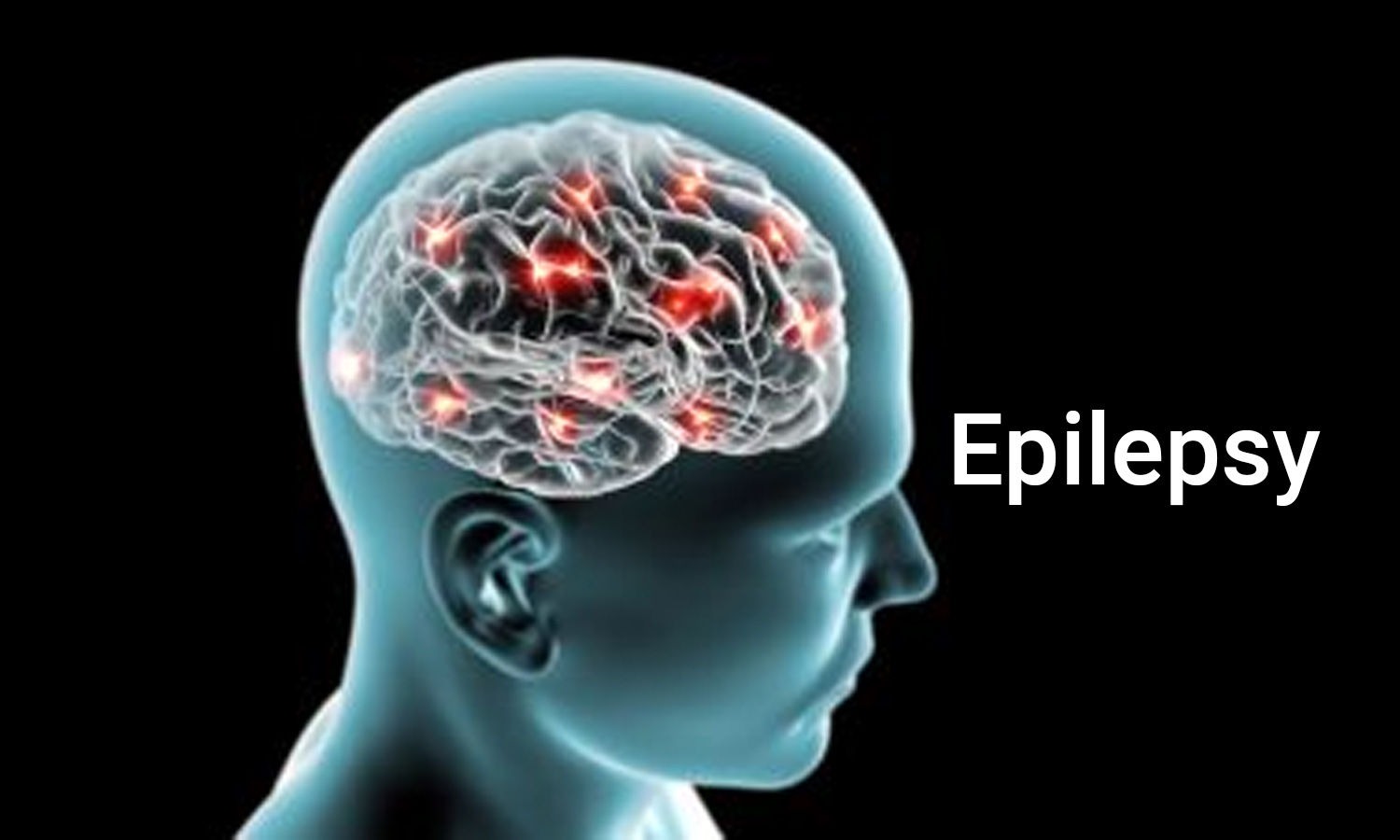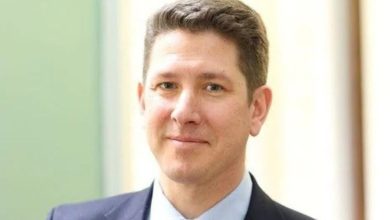Inside Kenya’s epilepsy burden: Myths, misdiagnosis and the need for awareness

With proper diagnosis and treatment, Dr Ogle says, most people with epilepsy can live normal, healthy lives. But it starts with education — including knowing how to respond to a seizure.
“Where did it come from?”
This is the question that has haunted Aziza* for the past four years.
Once healthy, active, and full of life, Aziza balanced motherhood, work, and family responsibilities with strength and pride. Everything changed during her third pregnancy.
What began as a normal journey quickly turned dangerous when her blood pressure spiked and became unmanageable. Soon, unexpected seizures followed — at first occasional, then more frequent — until doctors diagnosed her with epilepsy.
“It was a shock,” she says. “I had seen others suffer from seizures before. I was afraid of it back then. But I never imagined it would happen to me — especially not in adulthood.”
For Aziza, epilepsy was more than a medical condition; it marked the beginning of a life overshadowed by fear, sorrow, and isolation. Where she once walked into public spaces with confidence, she now carries the constant dread of collapsing in front of others.
“The pressure is heavy,” she says. “You walk into a room, and you wonder—what if I collapse here? What will they say? Will they help me or just stare?”
From stigma to seclusion
Stigma forced her into seclusion. She began avoiding social gatherings, family events, and even simple errands. The judgmental looks, the whispered conversations, and the misconceptions eroded her sense of belonging.
One memory still stings deeply.
“There was a time I collapsed at work,” Aziza recalls. “I hadn’t told my employer about the condition because I really needed the job. After that episode, they gave me a day off. The next day, they told me not to come back.”
Aziza has tried everything — from herbal remedies to hospital treatment — in search of relief. Her current medication has reduced the frequency of seizures, but the emotional toll lingers.
“If there were a way to get rid of it, I would,” she says candidly. “It’s not just the seizures. It’s the shame. People look at you like you’re dying in front of them. Some even stop visiting. They don’t want to be near you. It’s very painful.”
Far from normal
Although her health has improved, Aziza feels her life remains far from normal. Her days are guided by caution, her nights by anxiety, and her heart by grief for the friendships, opportunities, and self-confidence she has lost. Still, she perseveres — taking her medication faithfully and caring for her children.
In many communities, epilepsy is still clouded by superstition. Some believe it is contagious, others see it as a curse, spirit possession, or punishment. Such beliefs only deepen the loneliness of those affected. The stigma discourages people from seeking treatment, drives them into silence, and often costs them jobs and dignity.
To address this, Care Hospital in Eastleigh has launched a community-wide campaign promoting awareness, early detection, and affordable treatment.
Dr Abdulhahi Ogle, a medical officer at the hospital, says misconceptions about epilepsy remain widespread.
“Epilepsy is a neurological disorder that presents in many ways,” he explains. “The most recognised is when someone suddenly collapses, jerks uncontrollably, or bites their tongue during a seizure. But there are also silent seizures that people don’t recognise.”
He points to absence seizures, often seen in children, where a child may suddenly stop speaking, stare blankly, and lose awareness for a few seconds. Such episodes are subtle but can signal epilepsy.
Dr Ogle urges parents and caregivers to seek medical attention if they notice unusual or repetitive behaviour.
Stigma, however, remains one of his greatest concerns.
Consistent medical care
“We see many people who have abandoned their medication because they were told it’s not a real illness, or that they should rely only on herbal or spiritual solutions. By the time they come to us, their condition has often worsened, but epilepsy needs consistent, professional medical care.”
With proper diagnosis and treatment, Dr Ogle says, most people with epilepsy can live normal, healthy lives. But it starts with education — including knowing how to respond to a seizure.
He offers simple first aid guidance:
• Do not restrain the person.
• Clear the area to prevent injury.
• Place something soft under their head.
• Never put anything in their mouth.
• Let the seizure run its course.
• Once it stops, turn them onto their right side to help breathing.
• Rush them to the nearest medical facility.
“Every convulsion must be treated as a medical emergency,” he stresses.
Dr Ogle also highlights febrile seizures, convulsions caused by high fever, especially in young children.
“We often see these cases happening at home. Parents don’t always know what to do. But if your child has even one seizure during a fever, don’t wait. Bring them to a hospital,” he urges.
Growing awareness
Joy Faith, a nurse at the clinic, notes the rising number of patients seeking care. By midday, more than 34 people had already attended the clinic for epilepsy diagnosis and treatment. She says this shows both growing awareness and a likely rise in previously undiagnosed cases.
She adds that the clinic offers follow-up care every Saturday to support patients on long-term treatment.
“Everyone, regardless of age or gender, is encouraged to seek medical attention as soon as they notice symptoms such as fainting spells, frequent dizziness, severe headaches, or seizures,” she emphasises.
Globally, epilepsy affects about 50 million people, more than the entire population of Kenya. Each year, five million new cases are diagnosed, many in children and young adults.
The condition arises when abnormal electrical signals in the brain trigger seizures, which vary in type and severity. Some are dramatic, with convulsions and loss of consciousness. Others are subtle, such as blank stares, confusion, or repetitive movements. Seizures may affect only part of the brain (focal seizures) or the whole brain (generalised seizures).
In Kenya, epilepsy is far more common than in wealthier countries. Studies show it affects around 20 in every 1,000 people. compared to 4 to 10 per 1,000 in high-income nations. Each year, Kenya records about 77 new cases per 100,000 people — up to three times higher than in Europe or North America.
Half of all epilepsy cases in Kenya are in children, with most seizures beginning in early childhood. Common causes include birth complications, brain infections such as meningitis or cerebral malaria, head injuries, and genetic factors.
Yet despite the high burden, access to care remains limited. Kenya has only about 25 trained specialists — neurologists, neurosurgeons, and epileptologists, serving the entire country. As a result, many people go undiagnosed or receive care from general practitioners who may not have the tools to manage the condition effectively.





